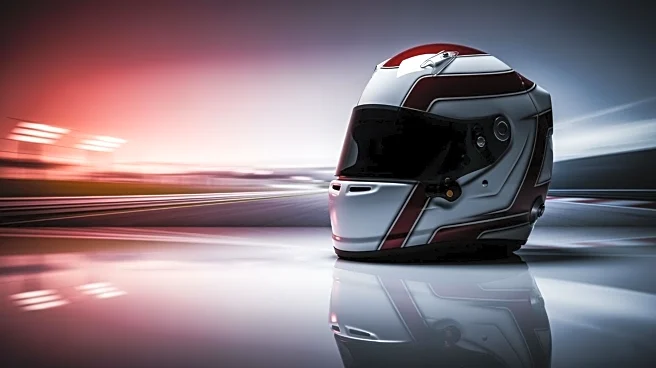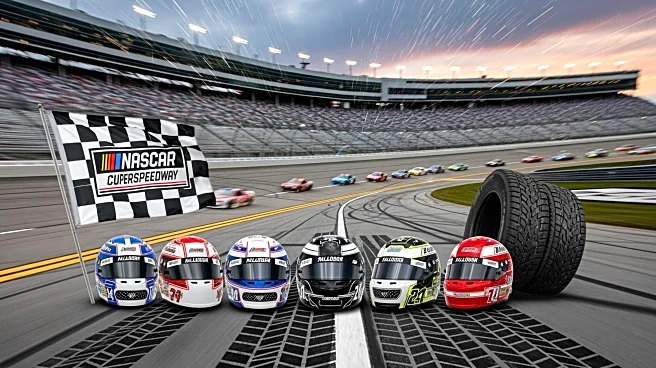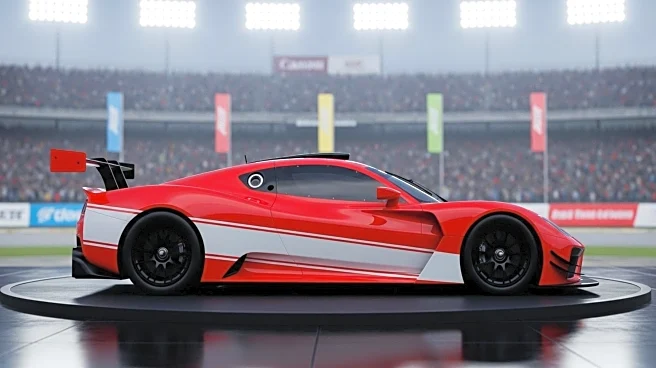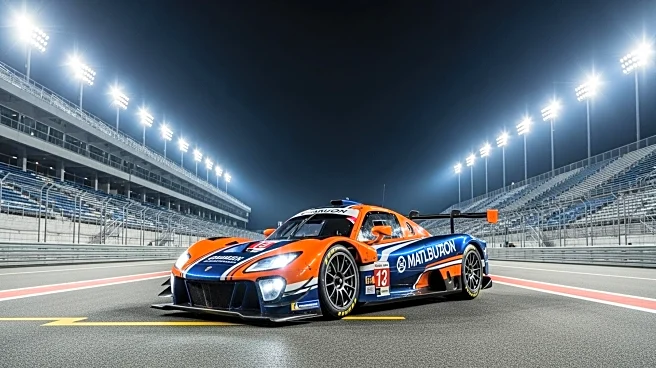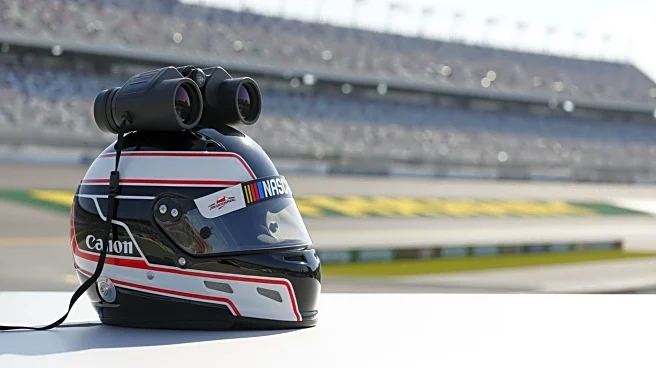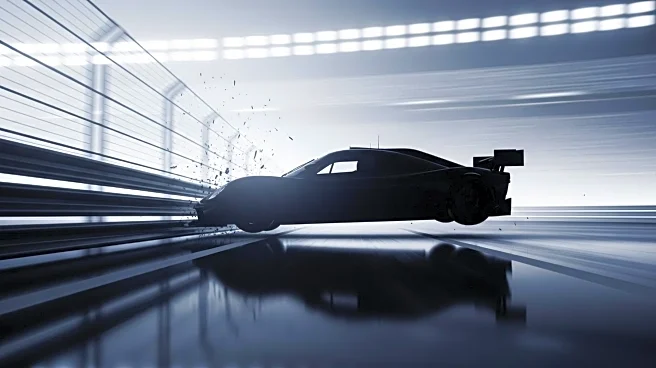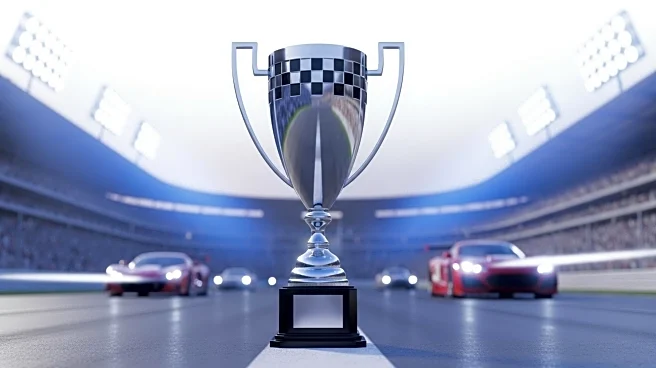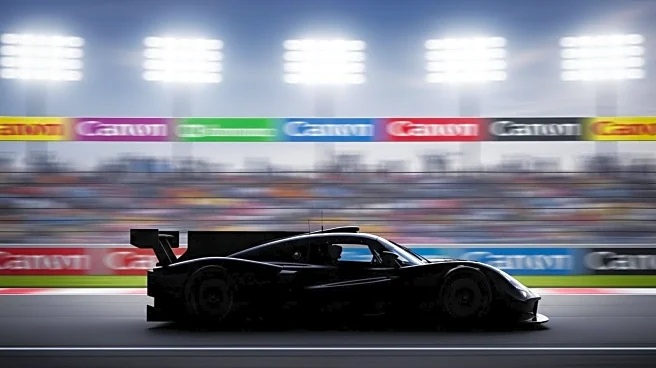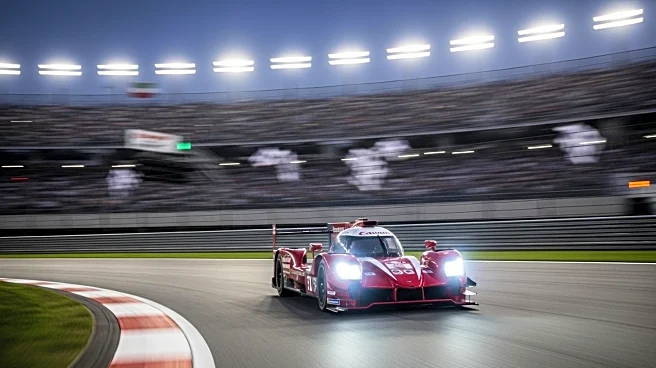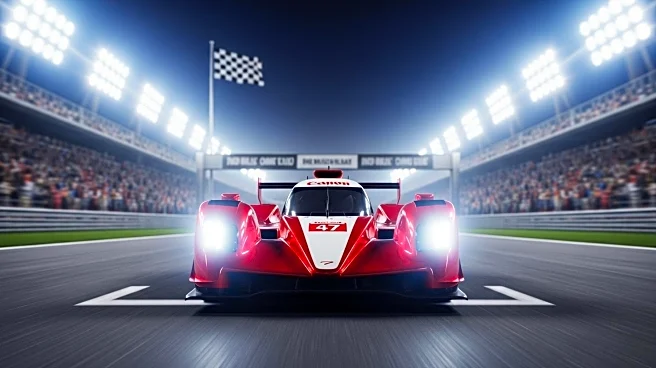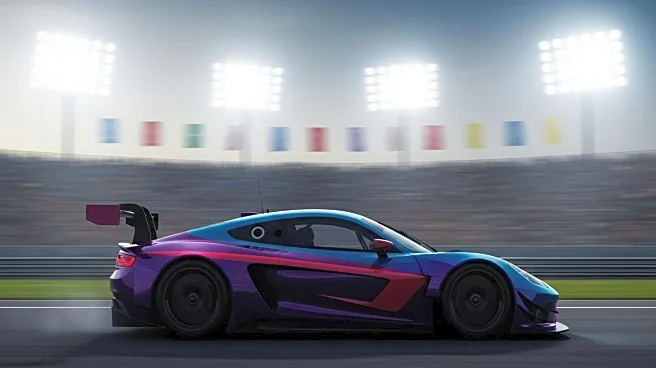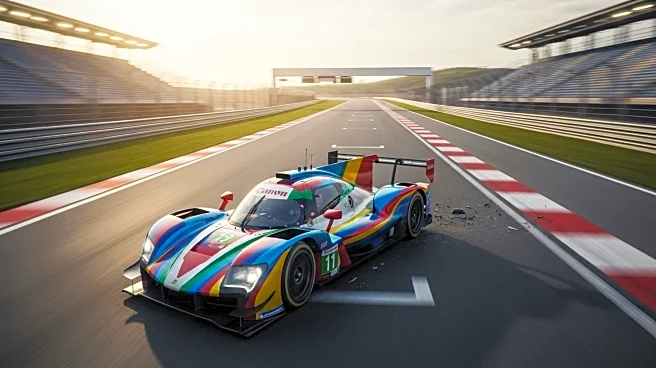What's Happening?
Kaulig Racing has dismissed Joe White, the spotter for Ty Dillon, following a significant accident during the NASCAR Cup Series race at Las Vegas Motor Speedway. The incident occurred with 31 laps remaining when Dillon, running laps down, was called to pit
road without proper communication to the trailing car driven by William Byron. Byron, unaware of Dillon's intention to pit, collided with Dillon, resulting in both cars being taken out of the race. The crash has severely impacted Byron's playoff chances, leaving him 15 points below the cut line for the Championship 4. White's firing comes as Kaulig Racing seeks to address the communication failure that led to the accident.
Why It's Important?
The firing of Joe White highlights the critical role of spotters in ensuring safety and effective communication during NASCAR races. The incident has significant implications for William Byron's playoff hopes, as he now faces a challenging path to advance to the Championship 4. The accident underscores the importance of clear communication between teams to prevent race-altering incidents. Kaulig Racing's decision to replace White reflects the team's commitment to maintaining high standards of performance and safety. The situation also serves as a reminder of the unpredictable nature of motorsports and the impact of split-second decisions on championship outcomes.
What's Next?
With Joe White no longer with Kaulig Racing, Frank Deiny Jr. will take over as the spotter for Ty Dillon for the remaining races of the season. William Byron will need to overcome his points deficit or secure a win at upcoming races in Talladega or Martinsville to advance to the final round of the playoffs. The incident may lead to increased scrutiny on spotter communication protocols and potential changes to improve safety measures. Teams and drivers will continue to focus on strategic planning and execution to maximize their chances in the playoffs.
Beyond the Headlines
The firing of a spotter due to a communication failure raises questions about the pressures and responsibilities faced by spotters in high-stakes racing environments. The incident may prompt discussions on the training and support provided to spotters to enhance their performance. The broader implications for NASCAR include potential reviews of communication protocols and safety standards to prevent similar incidents in the future.
